Getting your products out in the world means having a reliable platform where you can sell them. Whether you’re an experienced seller or just starting out, WooCommerce and Shopify are two of the more popular platforms for growing your product-based business.
Both rank among the best for setting up your online shop and maintaining your store. WooCommerce gives you the tools to sell through WordPress, while Shopify gives you an all-in-one platform for your goods and services. Here’s everything you need to know to choose the best platform for your selling needs.
WooCommerce Pros and Cons
Pros
- Affordable pricing
- Good integration with other apps
- Quick and easy setup
Cons
- No web hosting on its own
- Relies on plugins for best functionality
- Difficult to calculate shipping costs
Shopify Pros and Cons
Pros
- User-friendly storefront platform
- Thousands of plugins
- Extensive knowledge base and support
Cons
- Few free themes
- Not many product variants
Visual Website Builder: Shopify Wins

With WooCommerce, you need WordPress to start building your shop. If you’re familiar with WordPress, this can be an advantage. If not, you may have a steeper learning curve.
With WordPress and WooCommerce, you get greater flexibility than you would with most other ecommerce platforms. However, it does mean that WordPress itself isn’t specialized for ecommerce. Fortunately, WordPress is one of the most popular website builders, and it has plenty of resources and plugins to help you along.
WordPress has a drag-and-drop setup, making it super easy to create your site using a wide selection of themes and layouts. With WordPress, you usually have everything you need available to turn your website into a successful online store.
Shopify lets you build your site quickly from scratch. You don’t need tons of plugins, and many of its themes and layouts are free. It also gives you all the tools you need to get started with no coding needed.
Shopify is built for businesses of all sizes. It gives you a custom domain, which WooCommerce doesn’t on its own. Shopify uses a simple four-step process for setting up your shop through planning your business, choosing your platform, customizing your site, and launching.
Shopify comes with complete security, a POS system, unlimited products, and free tools you can take advantage of in your shop. Like WooCommerce, it has drag-and-drop to help you customize your site. Shopify comes out on top here because you can build your site with all the necessary tools already available.
Inventory Management Tools: Shopify Wins
For basic inventory management with WooCommerce, go to Inventory under Product Settings. Here, you’ll see options for tracking inventory, including low and out-of-stock notifications. It also lets you enable stock management.
WooCommerce requires you to get an add-on for more advanced inventory management. Not only do you have to take the time to choose one, but you also must learn how to use it. You may even need multiple add-ons to successfully manage your products and services, and they aren’t always free.
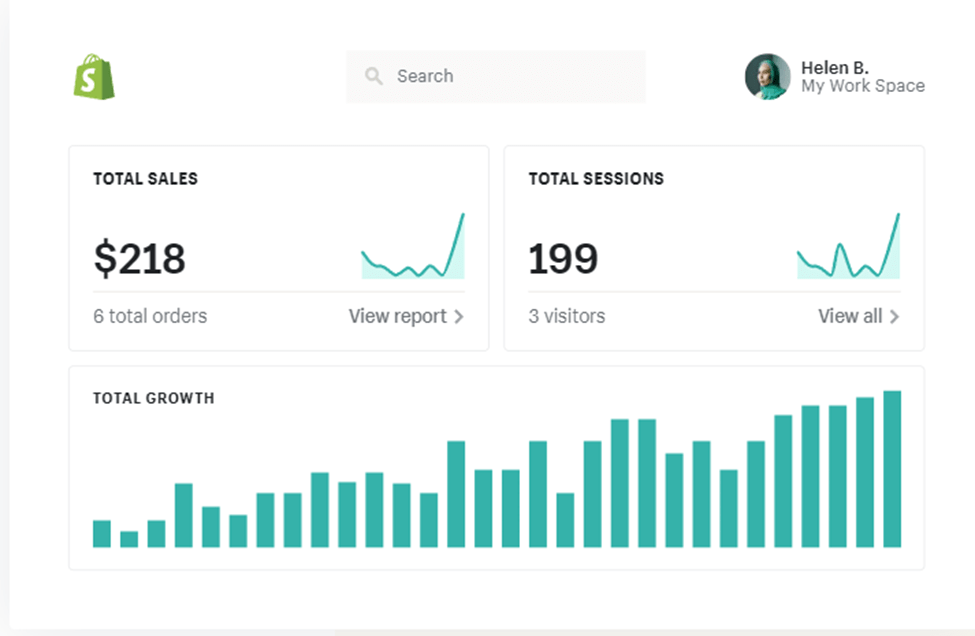
Fortunately, WooCommerce has high-quality extensions. These add-ons help your sales strategy by showing you which products sell best, so you can adjust your inventory and you the information you receive to grow your business.
Once again, Shopify already has advanced built-in tools, putting it ahead of WooCommerce. Under Products, you can track individual products as well as your overall inventory.
Shopify has more options than WooCommerce with options to continue selling even when your product sells out, as well as product variant tracking. You can still get apps and add-ons, but you don’t need them as much as you do with WooCommerce.
Shopping Carts: Shopify Wins

WooCommerce is WordPress’s shopping cart app and the most popular ecommerce plugin for the platform. It supports many payment options, including some offline ones. You also have options to list products in shopping carts differently, including table and quick view.
Shopify is more secure, with Level 1 PCI-DSS security and 256-bit SSL certification for customers. Its buy now buttons allow for a faster, easier shopping experience for consumers, and it’s easy for you to use as a business owner, too.
A key feature that sets it apart from WooCommerce and most other ecommerce platforms is its built-in abandoned cart recovery. Usually, you have to pay for this feature, if it’s available, which gives Shopify an edge over the competition.
Payment Gateways: WooCommerce Wins
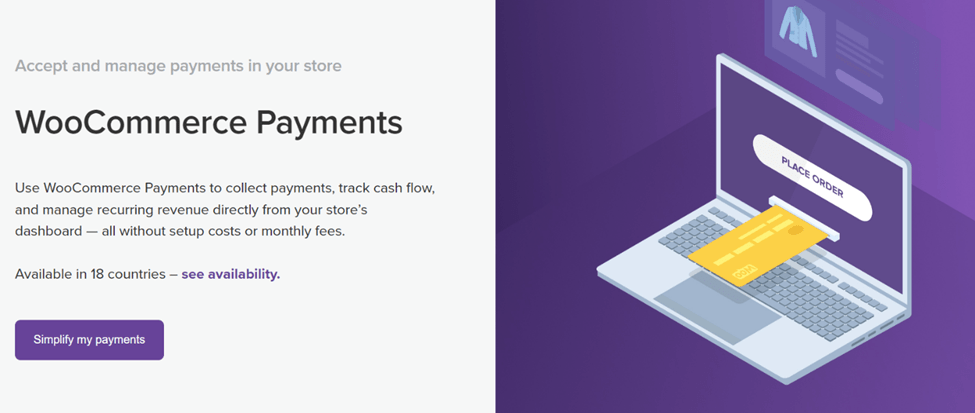
WooCommerce and Shopify both support all major payment gateways, including:
- Stripe
- Square
- PayPal
- Apple Pay
- Credit
- Debit
Both platforms accept multiple currencies with over 100 payment gateways.
Shopify charges a 2% fee per transaction with a third-party gateway. However, you can avoid those fees by using Shopify Payments. You can also lower the fee by upgrading your plan.
But WooCommerce wins out here because it doesn’t charge these fees at all. That works out better for you if you plan to sell a lot of products, as it will reduce the overall cost of running your store.
Shipping Tools: Shopify Wins
Shipping is important for growing your business and boosting your reputation. When customers get their items quickly and reliably, they’re more likely to buy from you again and recommend your shop to others.
WooCommerce has basic shipping features, but it has a reliable platform for sending your products to buyers. It lets you offer free shipping, and you can ship internationally, as well as connect to many shipping options, like FedEx and USPS.

WooCommerce has integrations you can use for couriers and shipping management. Unfortunately, many users find it difficult to calculate their shipping costs, and WooCommerce doesn’t have a simple way to determine them.
Shopify, on the other hand, does. It has its own partnerships with various couriers, like UPS and Canada Post, so you don’t have to worry about doing your own sourcing. It lets you save up to 88% with discounted rates on shipping costs.
You can manage shipping from one location in your shop. It streamlines shipping operations, has its own shipping cost calculator, tracks packages, and makes it simpler for you to grow your business with convenient shipping tools, putting it ahead of WooCommerce in this area.
SEO & Marketing Tools: WooCommerce Wins
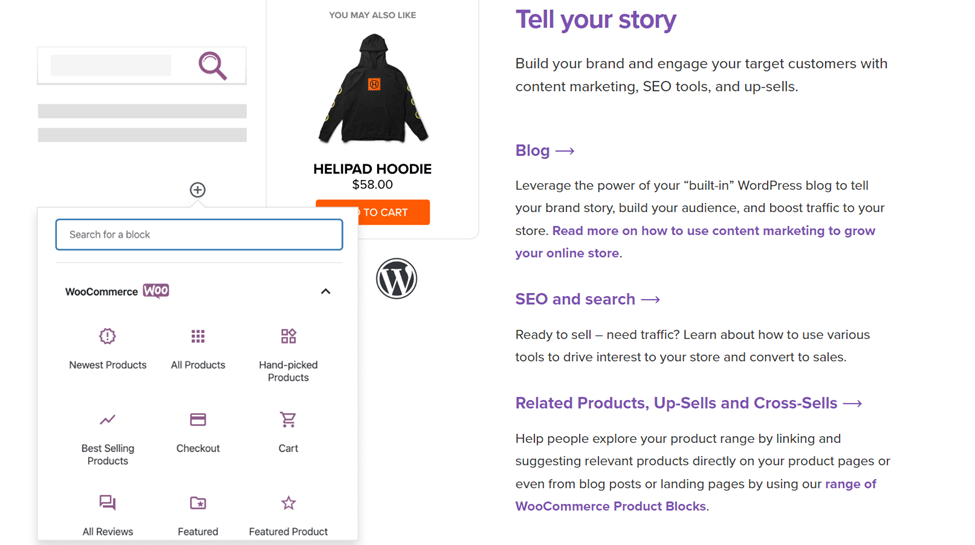
WooCommerce and Shopify are fairly equal when it comes to SEO and marketing tools. Shopify has a free SEO Booster plugin to increase your search engine rankings. It keeps your shop performing well, and you can add titles and descriptions fast.
Shopify has many plugins and app integrations for your marketing needs. It also offers multichannel sales at no extra cost, which sets its marketing tools apart from WooCommerce.
WooCommerce wins out her, however, because it has more quality SEO tools than Shopify does. Its optimized code makes you show up more easily in search results, and WordPress itself has built-in SEO tools to help you further.
You can use WooCommerce’s plugins and integrations to improve your SEO and marketing campaigns, too, including email and social media. You have to pay for most of them, but you can advertise for free on Facebook.
Pricing: WooCommerce Wins
WooCommerce and Shopify are on par with each other when it comes to actual features. While Shopify ultimately comes out ahead with tools and capabilities, WooCommerce is a cheaper platform with great performance.
WooCommerce offers two plans:
- Standard: $12.95 per month
- Premium: $24.95 per month
WooCommerce has a 30-day money-back guarantee if it doesn’t give you results. The plugin is free to install, but to get better features, you do need to pay more.
The Standard package gives you plenty of comprehensive features to get you started with your ecommerce site, including marketing tools, analytics, payment processing, and discount codes.
The Premium version upgrades you with unlimited products, subscriptions, tax management, and product customization. The downside to WooCommerce here is that you do end up paying extra for plugins, but if you’re looking solely at pricing and initial value, WooCommerce wins this round.
Shopify costs more, but it does give you other perks with its plans, like shipping discounts and no transaction fees. Shopify offers three plans:
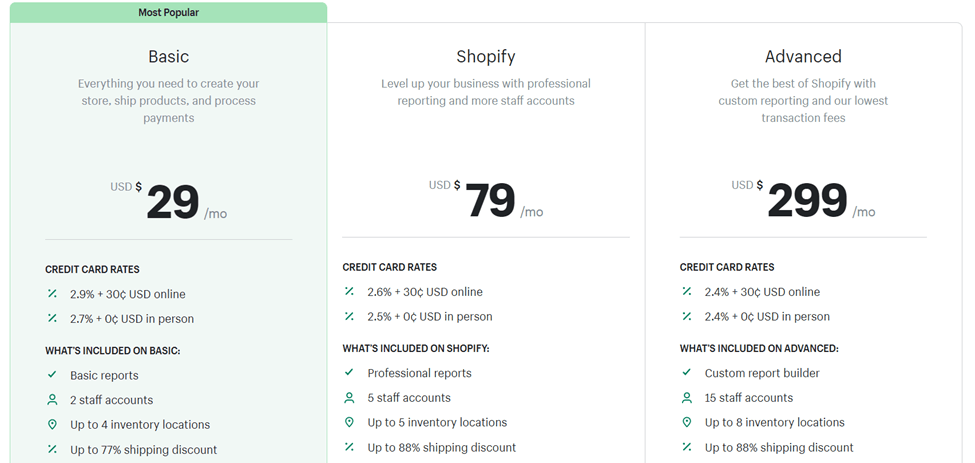
Despite the big price jumps, you get a lot more with each tier. Basic Shopify sets you up for success with all the necessary tools, including four inventory locations with two accounts for staff. You can also get features you’d normally pay extra for, like discount codes, abandoned cart reminders, and printable shipping labels.
The middle tier reduces credit card transaction fees and includes more reporting features, staff accounts, and inventory locations.
With Advanced Shopify, you get even more reporting features and lower credit card fees. Plus, you can take advantage of Shopify’s 14-day free trial before you buy.
Product Layouts: WooCommerce Wins
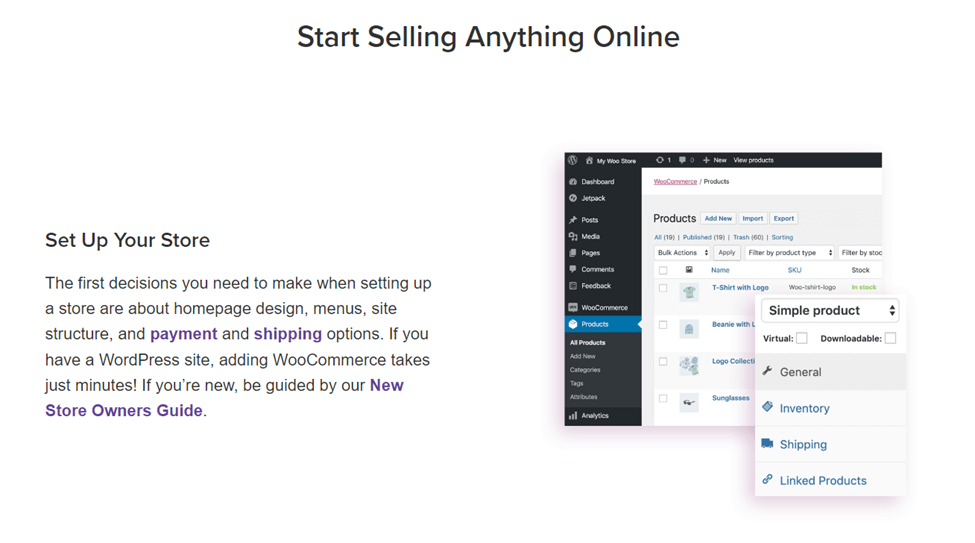
Both WooCommerce and Shopify offer many product layouts that you can use to organize your ecommerce site. With a wide range of designs and themes to choose from, it’s easy to make your shop unique.
Shopify has over 70 themes to choose from. The downside is there aren’t many free ones, and the paid ones start at around $140. They’re a one-time purchase, too, which can make things inconvenient if you want to change your layout later. So Shopify is more customizable than WooCommerce, but at a price.
WooCommerce gives you more upfront. Its starting theme, Storefront, comes optimized for mobile. WooCommerce has plenty of customization options and a wider range of layouts, including more free ones than Shopify.
Setting up shop with WooCommerce can take a little longer, depending on how much work you want to put in. For a simple ecommerce site, you can get your shop ready faster with WooCommerce.
Apps and Plugins: WooCommerce Wins
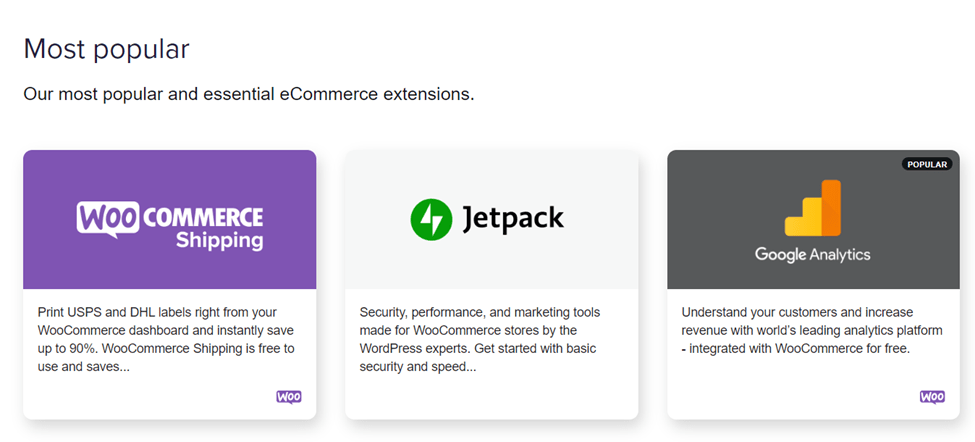
WooCommerce wins easily when it comes to apps, integrations, and plugins. Since it’s part of WordPress, you get WordPress advantages. That means over 50,000 available additions, including many free ones.
You can tailor your site to your needs with plugins like Constant Contact, SeedProd, OptinMonster, and WooFunnels. You can also integrate with HubSpot, MailChimp, Zapier, and more.
Shopify has 6,500 apps and plugins. They offer free ones, too, and they help you market, connect with customers, source products, and create an improved shopping experience while helping you manage your shop better.
Shopify offers popular apps with Shopify Email, Point of Sale, Pinterest, and Product Reviews. It doesn’t quite compare to WooCommerce because of its smaller selection, but all of its plugins make for a capable platform.
Sales Channels: Shopify Wins

Shopify allows you to sell across many sales channels and through various platforms, from Walmart to Amazon to Facebook, Instagram, and TikTok. This is a built-in feature, so you don’t even have to get another plugin to make it work. Shopify helps boost sales by making it convenient to get your products on a wide range of channels.
WooCommerce needs plugins for selling across channels. That makes it less convenient, but it’s not difficult.
You can sell on many of the same channels as Shopify, including social media, eBay, Amazon, and more. It also has many of the same Shopify features that make it easy to sell and shop. However, Shopify still comes out ahead for its user-friendliness in this area.
Web Hosting: Shopify Wins

WooCommerce uses WordPress through BlueHost and other hosting platforms to run your online store. WordPress through BlueHost gives you a well-performing site, but it’s not the only one you can use.
WordPress gives you the option to use other hosting platforms, including SiteGround, GoDaddy, and more. With this variety, you can use the one that works best for you. Despite their affordability, it can be a big extra step to buy hosting separately.
Shopify has built-in web hosting included with every plan. It gives you your own domain and automatic updates to take one more manual task off your plate.
With a built-in content delivery network, you get excellent performance, and Shopify offers unlimited email forwarding and bandwidth. Shopify cuts out the extra steps with a reliable hosting service, which reduces the time you need to set up your shop.
Analytics: Shopify Wins
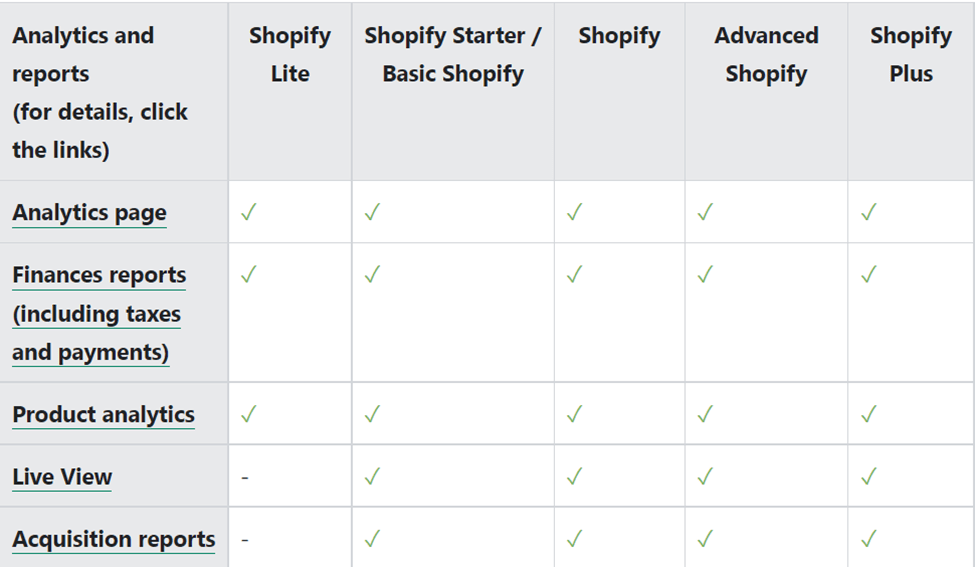
Even Shopify’s most basic package gives you a detailed analytics page, financial reports, and product analytics. Other packages expand to include reports for inventory, sales, marketing, and even customizable reporting with the Advanced plan.
Shopify’s data helps you improve your products and target your marketing. Plus, by tailoring your reports, you only get information relevant to your business and customers. This feature comes built into the platform.
WooCommerce needs a plugin for analytics. With this plugin, you get reports based on sales, income, shipping, refund issues, and other factors. You can also see these analytics in different forms, including tables, dates, and charts.
WooCommerce reports vary some based on the plugin you use, which once again makes variation a potential downside to the platform. Both WooCommerce and Shopify have great analytics, but Shopify gives you more control and consistency.
Mobile App: Shopify Wins
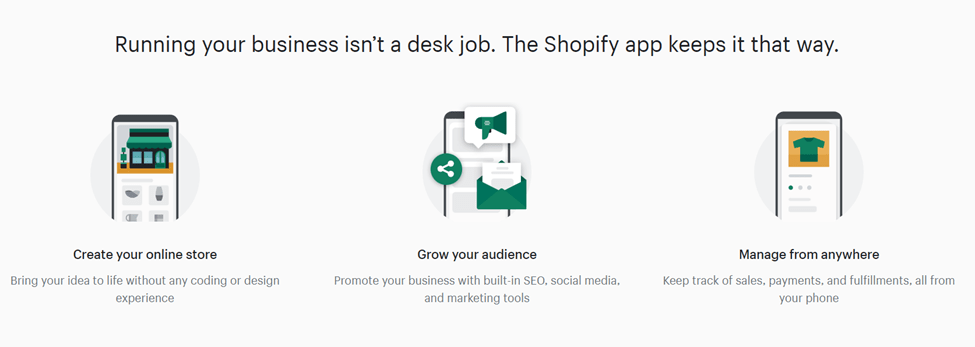
WooCommerce lets you manage everything on mobile. It has the basics of tracking orders and managing your site, but it doesn’t stop there. You can manage multiple stores on the app, too.
Whether you want to add products or check your store notifications, you can do it all. You can also manage shipping labels, including printing and tracking. However, this feature is limited to US-based stores only.
Shopify’s mobile app offers many of the same mobile features as WooCommerce. You can add product photos, get real-time information, and track your orders. It comes out a step ahead of WooCommerce here, since it’s easier to manage international stores on mobile without having US-only features.
International Sales: Shopify Wins

Shopify lets you sell internationally from one store. It gives you international sales by default, rather than making you buy another plugin, and again avoids giving you extra work during setup.
With market-specific experiences for international customers, Shopify helps you expand your shop. You can set your prices to local currencies and reach customers in 21 languages. Customizable international selling lets you tailor consumer shopping experiences no matter where they are, and you have access to global inventory locations, so customers always see the correct listings.
WooCommerce requires plugins for multiple languages and other international selling features. These plugins work well, but it may feel more overwhelming to start selling globally. That said, once you have everything set up, it offers most of the same features as Shopify.
Final Verdict
Both WooCommerce and Shopify are excellent ecommerce platforms. Shopify comes out on top with more value for its price, slightly more advanced features, and convenience.
WooCommerce might work better if you already use WordPress. If you’re starting from scratch, Shopify gives you everything you need in one place, from a unique domain to customizable product listings and international selling capabilities.
Both platforms set you up quickly, but Shopify makes everything easier and less time-consuming. Learn more about Shopify, WooCommerce, and other top ecommerce platforms when you check out our top picks.
from Quick Sprout https://ift.tt/Tpdb1ry
via IFTTT
No comments:
Post a Comment